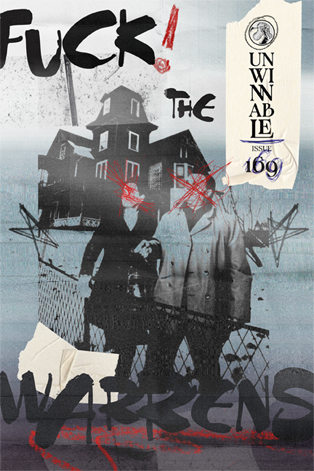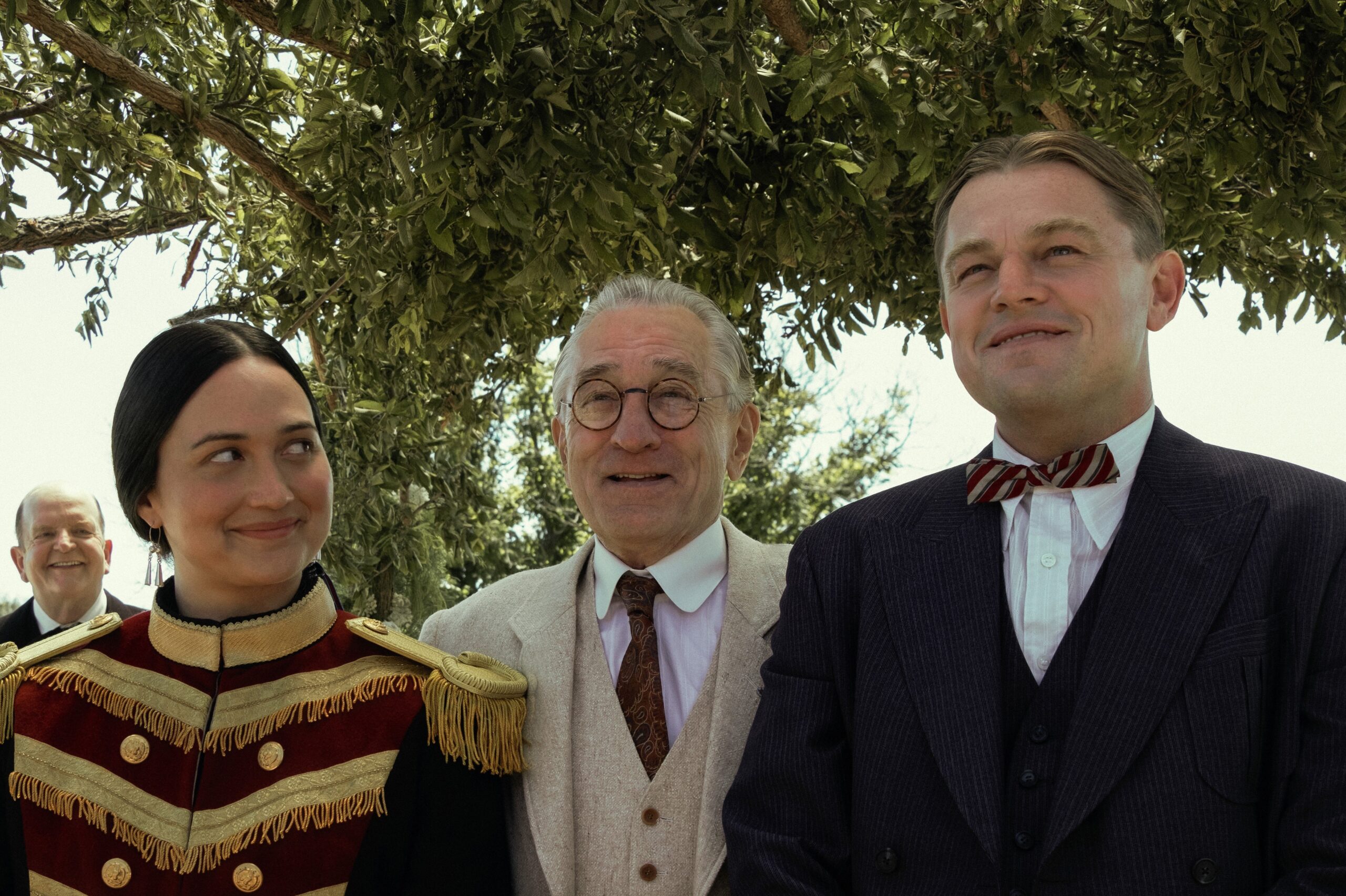
Boots on the Ground

This column is a reprint from Unwinnable Monthly #169. If you like what you see, grab the magazine for less than ten dollars, or subscribe and get all future magazines for half price.
———
Reframing the boundaries of what is seen and unseen…
———
We’re in an age where streaming has slowly, meticulously, descended upon the film industry like a carrion bird to a corpse. As more films are released on the various streaming services I forget I subscribe to until they ping my bank account each month, it’s definitely become more of a deliberate choice to go to the movie theater than it used to be.
I love watching movies from the comfort of my own home. I get to make my own popcorn, season it with soy sauce, butter and whatever ever else I want. More importantly, pause the film and use the bathroom without missing a beat! The added convenience of it all has made it harder for me to want to venture into the world and go to a movie theater.
It doesn’t help that the films that seem to last in the theaters today are either schlock or three plus hour long epics without an intermission. Despite all of that, after more than three days of trying to find the time for it, I sat down in the theater – popcorn in hand – for Martin Scorsese’s newest picture, Killers of the Flower Moon. The runtime was my biggest obstacle to seeing it. Living in Seattle, especially during the fall months, allotting almost four hours of your time to seeing a movie could mean you miss a whole day’s worth of sunlight. It’s a costly choice, mentally and monetarily. So, when I go to the theater now, I hope to feel as if the spectacle of the big silver screen is worth it.
By and large it has been! Seeing Oppenheimer and Avatar: The Way of Water in IMAX were both well worth my time, and in fact, added a bit to the experience that if I were to watch it at home, I wouldn’t have gotten. Maybe that’s why Dune didn’t hit for me . . . Something about watching the sands of Arrakis sway across a 40-Inch television doesn’t have the same effect. Killers of the Flower Moon grounds the viewer so deeply in Oklahoma that you can practically smell the oil at the thrust of its violent history.
* * *

Killers of the Flower Moon is a complicated film, less so because of the story it tells, and more so with how it’s told and by whom. The film centers around a series of murders in the Osage Nation in Oklahoma during the 1920s, after the discovery of a vast supply of oil on tribal land. Through this discovery, the Osage nation people became some of the wealthiest individuals in the country, going so far as even having white maids, drivers and attendants. This immensity of wealth also attracted bad actors and a systemic slaughtering of many Osage people by white settlers hoping to capitalize on their land rights and wealth.
The film follows the character of Ernest Burkhart (Leonardo DiCaprio), as he and his uncle William Hale (Robert DeNiro) carefully execute a years-long plot to systematically infiltrate and murder the affluent Osage family of Mollie Burkhart (Lily Gladstone) in pursuit of their wealth. It’s a harrowing piece of history that many – myself included – will not have heard of prior to the film. While I enjoyed the film quite a bit, there is a lot to be said by folks more equipped than me (check out Osage language consultant Christopher Cote’s perspective on the film) about who it chooses to focus on and how that might undermine its message.
Given my ignorance of the history at play in the film, I appreciated the lengths through which Scorsese goes to ground us in Oklahoma during this time period. While there is certainly a more briskly paced version of this film that could exist, I found myself admiring just how slow it was. I felt as if my boots were on the ground getting to know the large cast of characters we meet throughout the long runtime. I find that when I watch historical films, a recent example being Nolan’s Oppenheimer, the narrative is easy to follow but outside of the titular characters, it’s hard to really remember one person from the next, let alone their names. In Killers, I was surprised just how deeply rooted I felt in getting to know the characters and their backstories. However, I do find it odd to center the narrative so thoroughly within the white people instead of the Osage.
As Cote points out, the message of the film largely becomes that of how long people in positions of power – whether they realize it or not – will allow themselves to be complicit in the upholding of racism and settler colonial violence. While this is an admirable message, it leaves a well of space for us to empathize with Burkhart, a man who systematically helped murder his family through gaslighting and abuse. I’m not sure if he should be shown such grace (although, I do think Scorsese is delicate enough with his portrayal to not have the audience root for Burkhart’s final decision by the end). While the film we got is engrossing, there seems to be a much more interesting angle through placing us in the perspective of Mollie, the Osage woman Ernest Burkhart marries.
* * *

There is much reverence shown throughout Killers to that of the Osage tradition and culture, but sometimes it can come across a bit ethnographic instead of intimate. While broad sweeping cultural scenes are shown and Osage are given a voice, the Osage “characters” like Mollie and her family, feel a bit underwritten themselves. The placement of perspective being from Burkhart’s point of view certainly works in that the Osage always feels a bit untenable, outside the realm of his understanding despite his attempts, I’m not sure if this is ultimately the kind of narrative framing I would have liked.
From Mollie’s perspective, Killers would transform into that of a detective horror film as Mollie slowly uncovers the true culprit of her family’s murders. In turn, I think we’d have a better understanding of her and the Osage nation as a whole, how these murders permeated outwards and through their community and ultimately how these murders cause complex emotions outside of the anguish that’s clearly displayed in the film.
While the film as a whole feels largely grounded in depicting the atrocities of these murders at the hands of Ernest Burkhart and his colleagues, I would have loved to see the final moments of the film show just how far he’s fallen, and the courage it took for Mollie to forge ahead and imagine a new life for herself and her family.
———
Phillip Russell is a Black writer and podcast producer. His writing explores the intersections between pop culture, Blackness, and our connection to land and identity. Follow his work on Twitter @3dsisqo.




